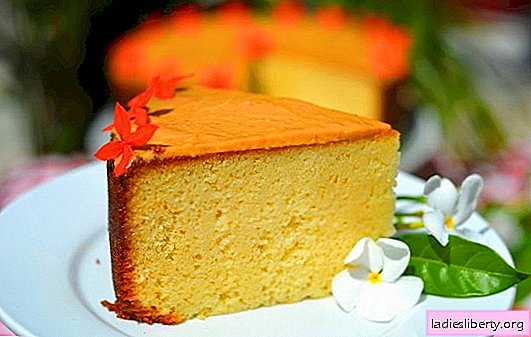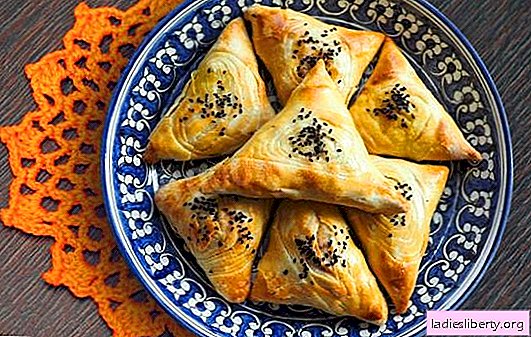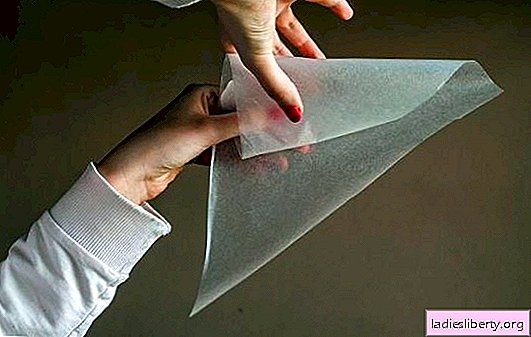
Elderberry - general description
Elderberry is a perennial plant from the family of honeysuckle, which can take the form of a bush or small tree, reaching a height of 3 to 10 m in height. Elderberry blooms in May and the first half of June with small fragrant flowers of cream or yellowish-white color. After flowering, fruits ripen in August or September. Some types of elderberry are cultivated as ornamental plants, while others are valuable medicinal plants.
Elderberry - types and places of growth
Elderberry has about 40 species that grow in temperate and subtropical regions of the Northern Hemisphere, as well as in Australia. In our country, 13 species of elderberry grow, of which four are most often found: the usual red (racemose, or ordinary elderberry), grassy, black and Canadian.
Elderberry - healing properties
Elderberry has long been widely used in folk medicine. Its flowers are valuable for their anti-bacterial, diaphoretic, laxative, anti-inflammatory effect; with their help treat colds, tonsillitis, flu, respiratory diseases, arthritis, gout, rheumatism.
With the help of fresh elderberries, hepatitis, peptic ulcer, neuralgia are successfully treated; dried - malaria. Traditional healers claim that elderberry black can even be used to treat stomach cancer and skin cancer.
Elderberry leaves also have an antipyretic, diuretic, astringent, soothing, diaphoretic and restorative effect. Applying the steamed elderberry leaves to diaper rash, bruises, burns, furuncles, you can remove the inflammation much faster.
Elderberry bark is very useful for diseases of the kidneys and skin, gout, dropsy, urethritis, edema, rheumatism and arthritis. A decoction made from the whole plant (roots, flowers and leaves) perfectly regulates the metabolism and increases the body's defenses.
Elderberry - dosage forms
For medicinal purposes, almost all parts of the plant are used. Berries are used to prepare infusions, drinks, cocktails and medicinal solutions, decoctions are prepared from leaves, roots and bark. However, the most popular medicinal raw material of elderberry is flowers. They are collected at the beginning of flowering, before shedding corollas, in June-July. The inflorescences are not cut off, but cut off with a knife, after which they are dried in a well-ventilated, shaded place. It is also necessary to store the collected raw materials in dry rooms with good ventilation, since under the influence of moisture it quickly loses its properties.
Elderberry - recipes
For the treatment of colds, headache, asthma, respiratory diseases and rheumatism, an infusion of elderberry flowers is used, for the preparation of which 2 tsp. dry raw materials pour 250 ml of boiling water and insist for about 15 minutes, and then take half a glass before meals twice a day.
For the treatment of kidney and skin diseases, a decoction of elderberry bark is used, for the preparation of which 1 tbsp. l dry crushed bark pour a glass of boiling water, insist and then drink three times a day for 1 tbsp. l
A decoction of elderberry bark is also used to take baths for gout, rheumatism and arthritis. For this, 2 tbsp. l raw materials are poured with a liter of boiling water, then, having insisted for 2 hours, filtered and poured into a bath with a temperature of about 3 degrees. Immediately after such a bath, it is useful to drink 1 tbsp. l elderberry tinctures. To cook it, 1 tsp. elderberry flowers or buds are poured with 250 ml of vodka and insisted for a week. The duration of such baths is 2-3 weeks, followed by a break of 2 months and a second course.
Elderberry - contraindications
Contraindications for taking elderberry preparations are ulcerative colitis, Crohn's disease and diabetes. Caution elderberry should be used during pregnancy. It is important to know that the stems of black elderberry contain cyanide, so the plant can be very toxic. In general, like any other medicinal plant, elderberry should be used only after consulting a doctor.
Comments











